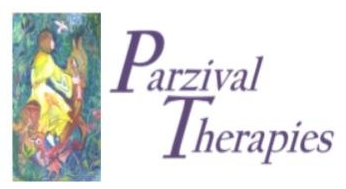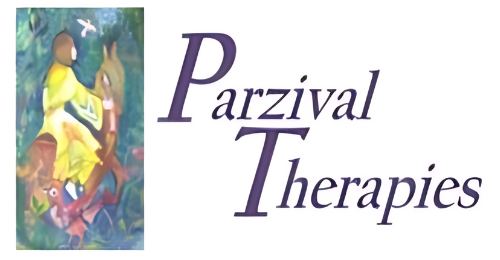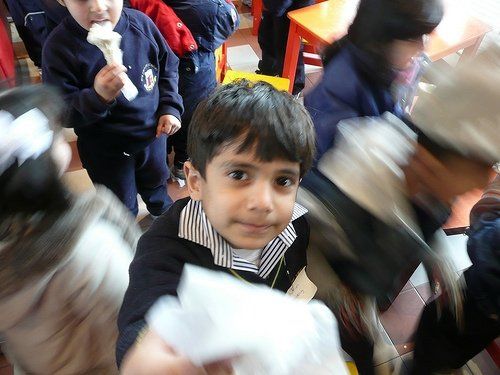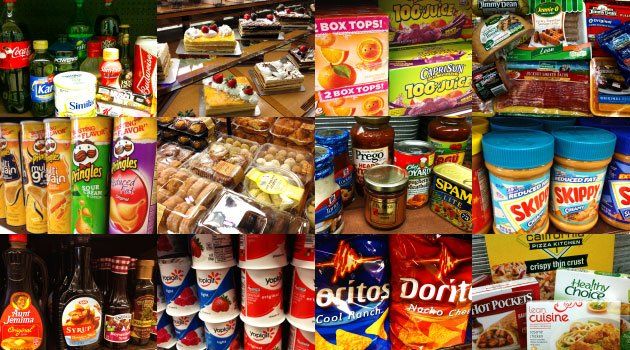Needs to Fidget
The Sensory Motor Cortex
Take a look at the drawing in the upper left corner. Note that there is a little “man” lying across the motor cortex (in red). Further note that his hand and his lips are HUGE. This is to represent how much of the brain deals with information from the hand and mouth in the sensory cortex (blue), and how much of the brain is used to send information to the hand and mouth from the motor cortex.
This means that motor activity, performed by the hand or the mouth, requires neural activity in a very large area of the brain. Likewise, any sensory input to the hand or mouth stimulates a very large area of the brain.
When we stimulate large areas of the motor and sensory cortex through fidgeting, we are helping ourselves to stay alert, centered, and focused. Additionally, since the nerve centers for the hand and mouth are positioned right next to one another in both the sensory and motor cortex, when one is stimulated, the other is also stimulated (determined through neurosurgical research). Move your hand and the oral (mouth) area of your cortex is stimulated. Or move your mouth and the area related to your hands is stimulated. Hence, one of the reasons people move their hands so much when they are talking!
Surrounding the motor and sensory cortex you will see the words “speech” and “hearing,” depicting speech and hearing centers in the brain. As we fidget, our nerve pathways are “reaching out” and connecting to the speech and hearing centers.
Aren’t we wonderfully mapped? Next time you feel inclined to tell someone to stop fidgeting, think about how much of his or her brain you will be turning off!
PEOPLE SHOW US WHAT THEY NEED:
Playing with: hair, toys, pens, pencils, erasers, worry beads, coins in a pocket, jewelry Fingering: satin edges of blanket, fur, silk, corduroy, rosary beads, a stone
Chewing on: gum, clothing, jewelry, fingers, nails, toothpicks, pencils, pens, toys Curling the edges of papers or napkins
Doodling while talking on the phone or listening to a lecture Tapping fingers, picking at fingers/nails, pulling on lips,
Putting fingers and hands around the mouth







